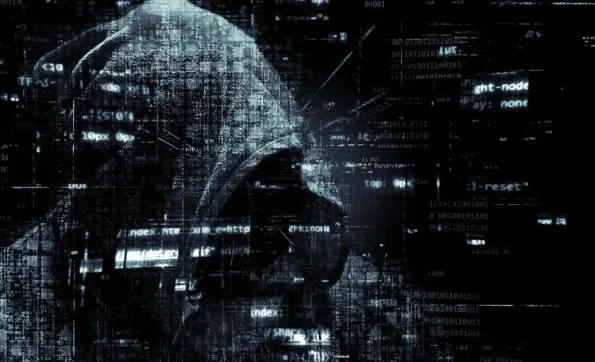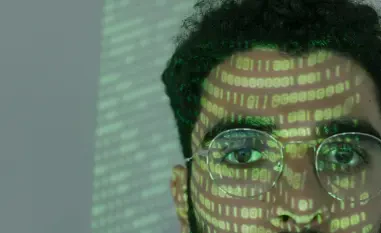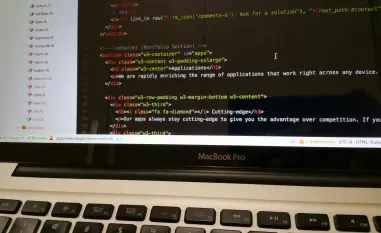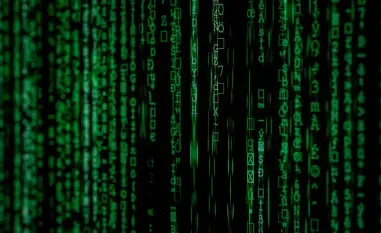In a world where cyber threats have become increasingly sophisticated and persistent, organizations are compelled to reevaluate their cybersecurity strategies to ensure the protection of critical infrastructure and sensitive data. Traditional defense mechanisms are no longer sufficient to combat advanced threats, especially those orchestrated by state-sponsored hacking groups like Salt Typhoon. This emerging need for advanced cybersecurity measures calls for the adoption of Preemptive Cyber Defense strategies, which aim to counteract and mitigate such complex cyber assaults effectively.
Understanding Salt Typhoon: A New Breed of Cyber Threat
The Nature of Salt Typhoon Operations
Salt Typhoon, a state-sponsored hacking group linked to the People’s Republic of China, exemplifies the growing sophistication and danger of contemporary cyber threats. This group targets telecommunications and critical infrastructure sectors, employing a myriad of advanced tactics that make detection and prevention particularly challenging. Salt Typhoon has been known to exploit lawful wiretapping backdoors, utilizing existing tools within the environment to minimize their visibility. Additionally, the group conducts data exfiltration of high-profile targets and engages in supply chain attacks, further illustrating their sophisticated and multi-faceted approach.
These operations pose significant risks not just for national security but also for the privacy of individuals and the integrity of critical telecommunications networks. By infiltrating and manipulating these systems, Salt Typhoon can steal sensitive information, disrupt essential services, and even create long-term vulnerabilities that could be exploited in the future. The complexity and scale of these operations highlight the urgent need for innovative cybersecurity strategies that can face such advanced threats head-on.
The Importance of Advanced Cyber Defense Strategies
The escalating threat posed by groups like Salt Typhoon underscores the necessity for advanced cyber defense strategies that go beyond traditional reactive approaches. Conventional methods, which primarily focus on identifying and responding to threats after they have occurred, are insufficient in the face of such sophisticated and persistent adversaries. Instead, a shift towards preemptive defense strategies is required, aiming to anticipate, disrupt, and neutralize threats before they can achieve their objectives.
Preemptive Cyber Defense involves a multi-layered approach that integrates advanced technologies and continuous monitoring to stay ahead of attackers. This proactive stance can help to identify potential vulnerabilities, monitor for signs of compromise in real-time, and adjust defensive measures dynamically to mitigate risks. By adopting such advanced strategies, organizations can better protect their critical infrastructure and sensitive information, ensuring greater resilience against state-sponsored actors like Salt Typhoon.
Introducing Morphisec’s Preemptive Cyber Defense Framework
Automated Moving Target Defense: Keeping Attackers at Bay
To combat the looming cyber threats, Morphisec has introduced the Preemptive Cyber Defense framework, which integrates two core technologies. The first of these is Automated Moving Target Defense (AMTD), a revolutionary concept that continuously changes the attack surface, thereby frustrating and disrupting cyber attackers. By dynamically altering the environment, AMTD makes it significantly more challenging for adversaries to gain a foothold and execute their attacks. This fluid and unpredictable defensive mechanism helps to keep malicious actors at bay and protects against a wide range of sophisticated attacks.
AMTD’s effectiveness lies in its ability to introduce uncertainty and complexity into the attacker’s operations. Unlike static defense mechanisms, which can be studied and circumvented over time, AMTD ensures that the target environment is always shifting. This continuous movement means that even if attackers manage to breach a system, they cannot rely on consistent conditions to navigate and exploit it. By constantly changing the battleground, AMTD forces attackers to expend more resources and effort, often rendering their attempts futile. This innovative technology thus represents a significant step forward in contemporary cybersecurity.
Adaptive Exposure Management: Real-Time Defense Adjustment
The second core technology within Morphisec’s framework is Adaptive Exposure Management. This approach allows for real-time monitoring and adjustment of defenses based on the evolving threat landscape. Adaptive Exposure Management is designed to ensure that defensive measures remain effective even as new threats emerge and existing ones evolve. By continuously assessing the risk environment and adapting responses accordingly, this technology helps to maintain a robust and resilient defense posture.
Real-time monitoring is crucial for detecting and responding to threats as they occur. Adaptive Exposure Management leverages advanced analytics and machine learning to identify patterns indicative of potential attacks, enabling organizations to react swiftly and effectively. This proactive monitoring ensures that security teams can stay ahead of attackers, mitigating risks before they can cause significant harm. The ability to adjust defenses dynamically also means that organizations can optimize their resources, focusing efforts on the most pressing threats and vulnerabilities. This approach enhances overall security efficacy and provides a comprehensive defense against sophisticated cyber threats.
Implementing Preemptive Defense Strategies
Key Strategies for Effective Cyber Defense
To effectively safeguard against advanced threats like Salt Typhoon, organizations must implement several crucial strategies. One of the foremost recommendations is the adoption of preemptive defense solutions such as Automated Moving Target Defense. By continuously altering the attack surface, organizations can significantly reduce the likelihood of successful breaches. In addition, prioritizing Continuous Threat Exposure Management (CTEM) is essential for maintaining an updated and resilient defense mechanism. CTEM involves ongoing assessments and improvements to security measures, ensuring that defenses remain robust against evolving threats.
Another critical strategy is the seamless integration of preemptive defense technologies with existing security platforms. This integration allows organizations to leverage their current investments while enhancing overall security posture without introducing additional complexity. The use of patchless protection technologies is also emphasized, as these can secure systems without the need for cumbersome and potentially disruptive patch management processes. Securing legacy systems, which often represent a significant vulnerability, is equally important. These older systems can be particularly susceptible to sophisticated attacks, and implementing advanced protections can help mitigate these risks.
Enhancing Incident Response and Risk Assessment
Reducing alert fatigue and enhancing incident response readiness are also paramount for effective cyber defense. Security teams are often inundated with alerts, many of which may be false positives. This can lead to alert fatigue, where critical threats are overlooked amid the noise. Implementing strategies to reduce this fatigue, such as advanced threat intelligence and prioritized alerting, can help security teams focus on genuine threats and respond more efficiently.
Continuous risk assessment is another cornerstone of proactive cybersecurity. By regularly evaluating potential vulnerabilities and threat vectors, organizations can stay ahead of adversaries and adjust their defenses accordingly. This ongoing assessment process enables the identification of emerging risks and the implementation of corresponding mitigations, ensuring that security postures remain robust and adaptive. In the face of sophisticated threats like Salt Typhoon, a proactive and dynamic approach to cybersecurity is indispensable.
A Call to Action: Embracing Proactive Cybersecurity Measures
Moving Towards a Proactive Cybersecurity Posture
The overarching consensus among cybersecurity experts is that proactive measures are imperative to stay ahead of threats like Salt Typhoon. By adopting innovative solutions that disrupt potential attacks before they can cause harm, businesses can more effectively protect their critical systems and sensitive data. Morphisec’s AMTD technology offers operational efficiency with minimal performance impact, seamlessly integrating with existing security solutions to enhance endpoint security without adding complexity.
Proactive cybersecurity postures not only mitigate risks but also position organizations better against new and evolving threats. This forward-thinking approach ensures that companies are not just reacting to attacks but actively preventing them. By disrupting the attack lifecycle early, organizations can safeguard their infrastructure and maintain business continuity. Embracing such advanced strategies is not just a defensive measure—it is a strategic move that can significantly reduce the overall risk profile.
Building a Resilient Future
In today’s world, cyber threats have evolved to become more intricate and relentless, compelling organizations to reevaluate their cybersecurity strategies to safeguard critical infrastructure and sensitive information. The traditional defensive measures are now inadequate to tackle advanced threats, particularly those launched by state-sponsored hacking collectives such as Salt Typhoon. This growing challenge necessitates the implementation of advanced cybersecurity protocols. One key approach is adopting Preemptive Cyber Defense strategies. These strategies are designed to anticipate, counteract, and effectively mitigate complex cyber attacks, thereby providing a robust protective shield against sophisticated cyber adversaries. By staying one step ahead, organizations can better defend against the persistent and evolving nature of cyber threats, ensuring that their vital assets remain secure. The adoption of such proactive measures is now more crucial than ever, as the cybersecurity landscape continues to transform and adversaries refine their tactics.













